Dachshund
The Dachshund is a small-sized, hound-type dog breed. These dogs have short legs and long bodies, and because of their looks, they are often called sausage dogs or wiener dogs. The Dachshund was created in Germany in the middle ages and was known as the badger dog (in the German language, “dachs” means badger).
FUN FACT: These dogs are traditionally viewed as a symbol of Germany, and because of that, their popularity in the United States during World War I went down drastically.

Height:
5-9 in (13-23 cm)

Weight:
6-32 lb (3-15 kg)

Origin:
Germany

Life Expectancy:
12-16 years
Dog Breed Characteristics
Today Dachshunds come in three sizes: Standard (8-9 inches tall, weighing 16-32 pounds), Miniature (5-6 inches tall, weighing 11 pounds or less), and Rabbit (6-7 inches tall, weighing 6-8 pounds). Dachshunds come in one of three coat types: smooth, wirehaired, or longhaired, and in a variety of colors (there are approximately 15 different color combinations and at least 6 marking combinations).
FUN FACT: With Dachshunds, it is believed that different coat types bring different temperaments. For example, longhaired dogs are thought to be much quieter than smooth-haired and wire-haired ones. Wirehaired dogs tend to be the most energetic, the most mischievous.
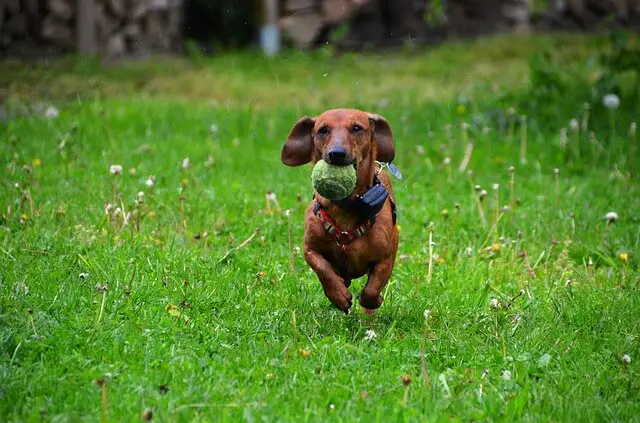
Grooming
The Smooth Dachshund's coat is short and shiny and needs little grooming. Smooth Dachshunds don't require regular brushing. They can be wiped with a tissue to keep them clean. Wirehaired Dachshunds have a different coat. Their coat is short, thick, and has hard hair on the topcoat but with a softer undercoat.
They need to be brushed regularly. Longhaired Dachshunds have wavy, long hair. These dogs need to be brushed regularly to prevent mats and/or tangles and to keep the coat clean and beautiful. This dog is a moderate shedder and has little or no body odor.
Whatever the coat, you should pay close attention to your dog's ears. Their droopy ears are the perfect place for fungus, bacteria, and mites. Wipe their ears out weekly, and if you notice some changes, take your dog to the vet.
The rest is basic care – trim your dog's nails when needed and brush his teeth a few times a week.
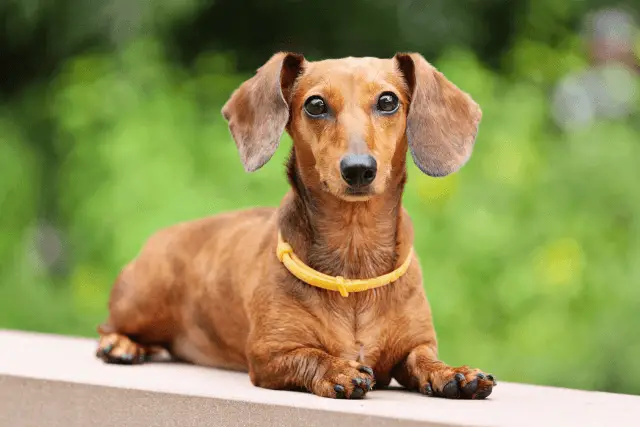
Dachshund behavior
Dachshunds are clever, funny, and courageous family dogs. They are affectionate and extremely loyal. They love to be surrounded by their people, although most of them will bond closely with one person and will expect that that person is completely dedicated to them.
When they are in a mood, they love to perform and are behaving just like little clowns making their family laugh. They go along with children and other family pets but are not typically good with strangers. They make excellent watchdogs and will alarm their family if someone or something is approaching.
Plus, they have loud, deep bark, and like to be heard, so teach your dog to stop barking on command.

Exercise
Training a Dachshund takes patience, consistency, and lots of firmness. These dogs have a mind of their own, and their training must be fun so they won’t become bored and just give up. Dachshunds can also be stubborn and slightly difficult to housebreak. Patience and consistency are musts.
Crate training helps. Training (and socialization) must start as soon as possible. Take your dog everywhere; expose him to different people, sights and sounds, and experiences.
Dachshunds have a lot of energy. Despite their small size, you should take your dog out for a walk regularly and play with him. Be careful while playing because Dachshunds can injure their long backs while jumping. At home, it is a good idea to have ramps or steps for your furniture, so your little sausage can use them when he wants to climb up without hurting his back.
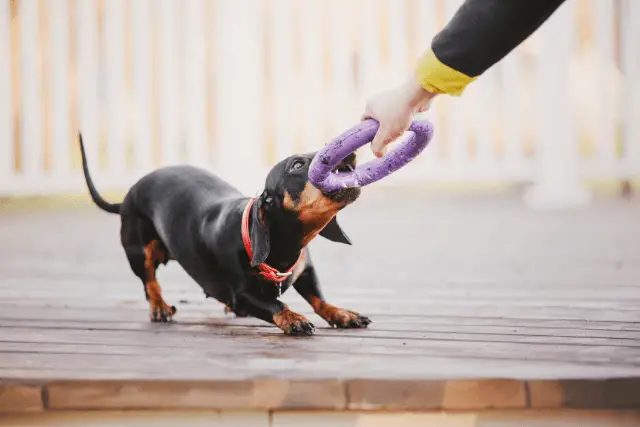
TIP: Hold your dog correctly and carefully - one arm tucked beneath his hind end and one supporting his front end at the chest, while the dog is always in a horizontal position.
Health problems
Dachshunds have a life expectancy of 12-16 years but are prone to certain health problems. The most common health issue in the breed is a back problem.
As already said, because of their long, low-slung spines, normal canine behavior, such as jumping on or off the bed, can result in a ruptured disc and emergency surgery. Unfortunately, 1 in every 4 Dachshunds will become crippled or paralyzed from disk disease in middle age, so these dogs are most likely to spend part of their life in canine wheelchairs.
They are also prone to bloat, epilepsy, skin conditions, eye disorders, and diabetes.
FUN FACT: The first official Olympic mascot (Munich Olympic Games, 1972) was a Dachshund named Waldi.
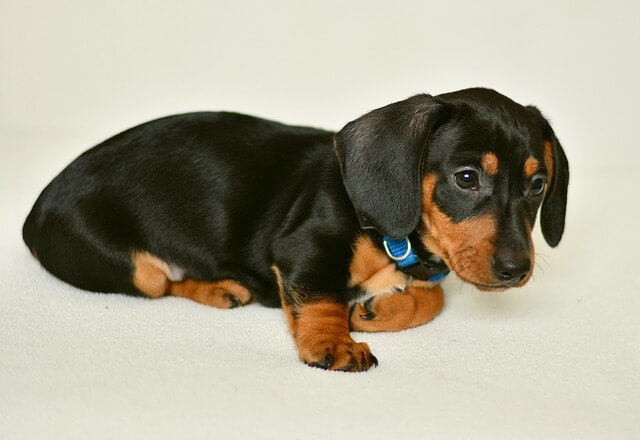
Food
Naturally, Dachshund loves to dig. They also have a strong prey drive, so they should always be on a leash unless they are in a fenced yard (but be careful because they can dig under the fence). Another thing they love to do is they love to eat.
If they have an opportunity, they can eat all day until they feel sick. To prevent obesity, limit the amount of food and treats you give your dog and exercise with him regularly.
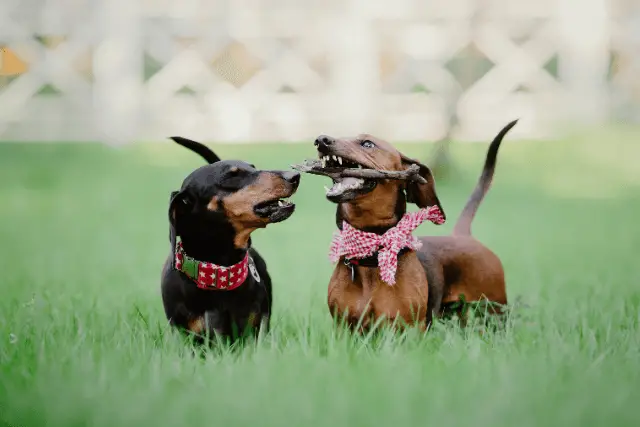
World Dog Finder team

Updated at07.09.2023.
Breed History
The Dachshund was developed to dig his way into a badger den and dispatch its occupant. His short legs, long body, and sharp claws made him perfect for that digging job. Except for badgers, early Dachshunds were used to hunt some other animals, too, like foxes or even wild boars. Those early Dachshunds varied greatly in size. They were bigger than today's Dachshunds.
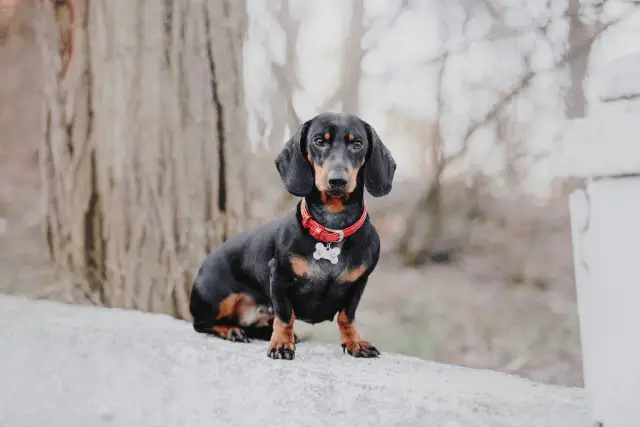
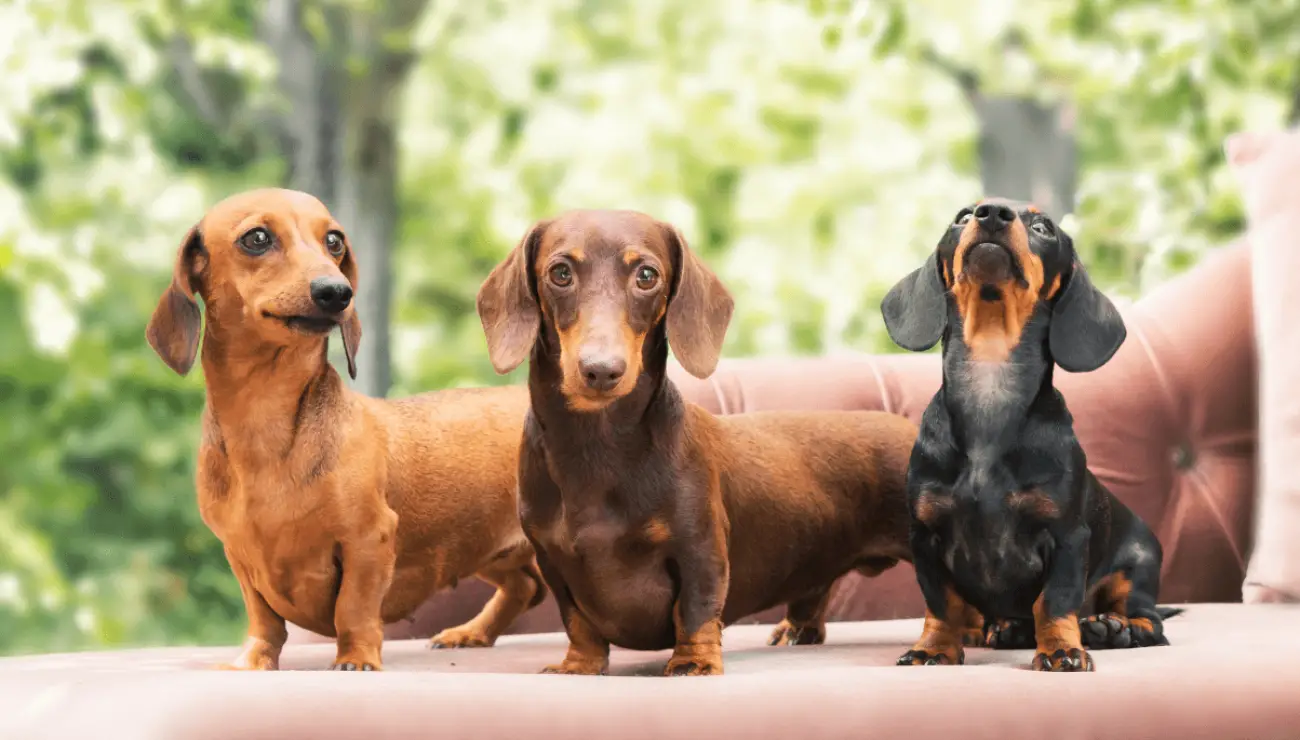
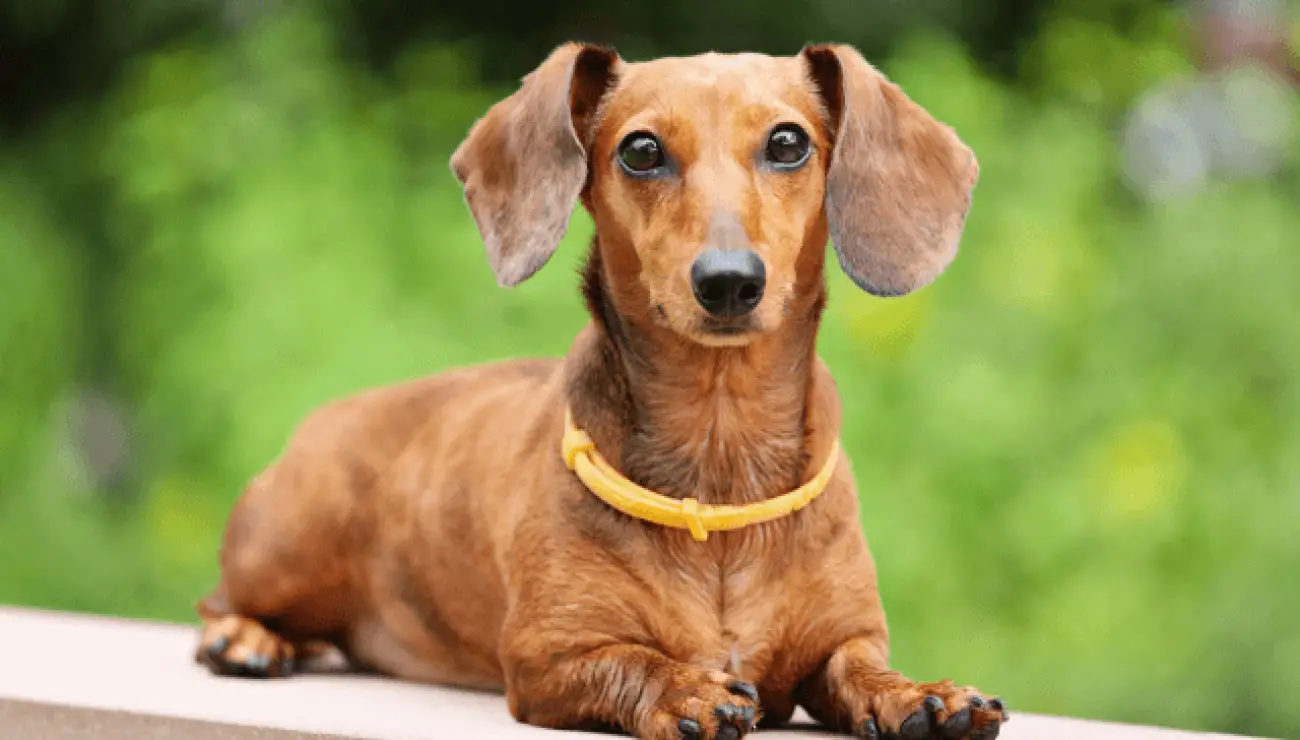
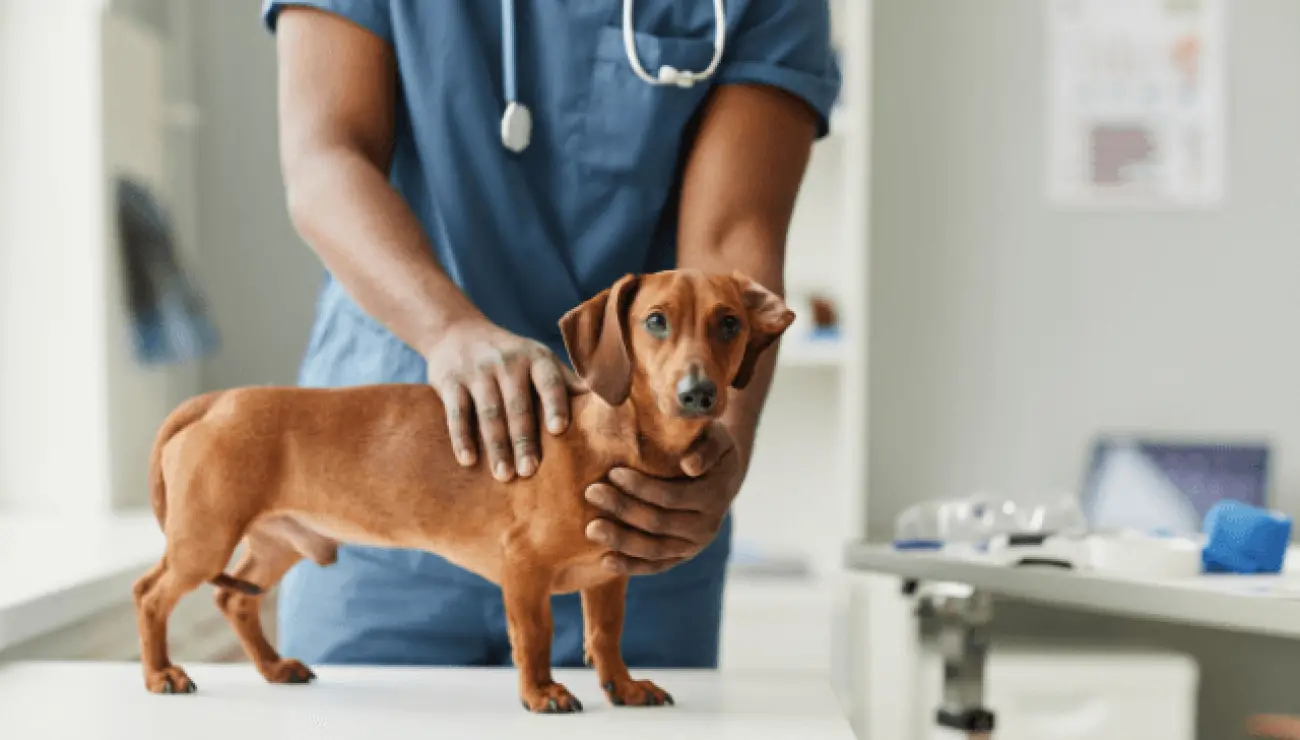
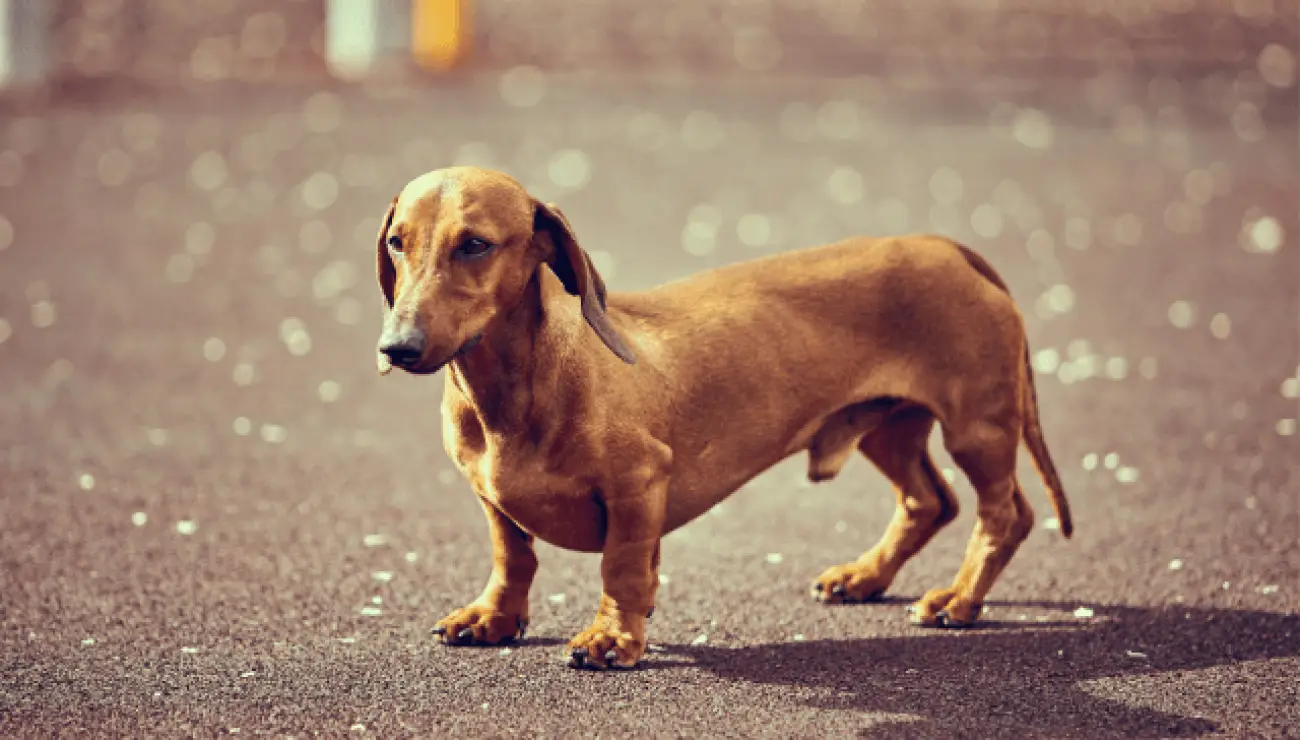
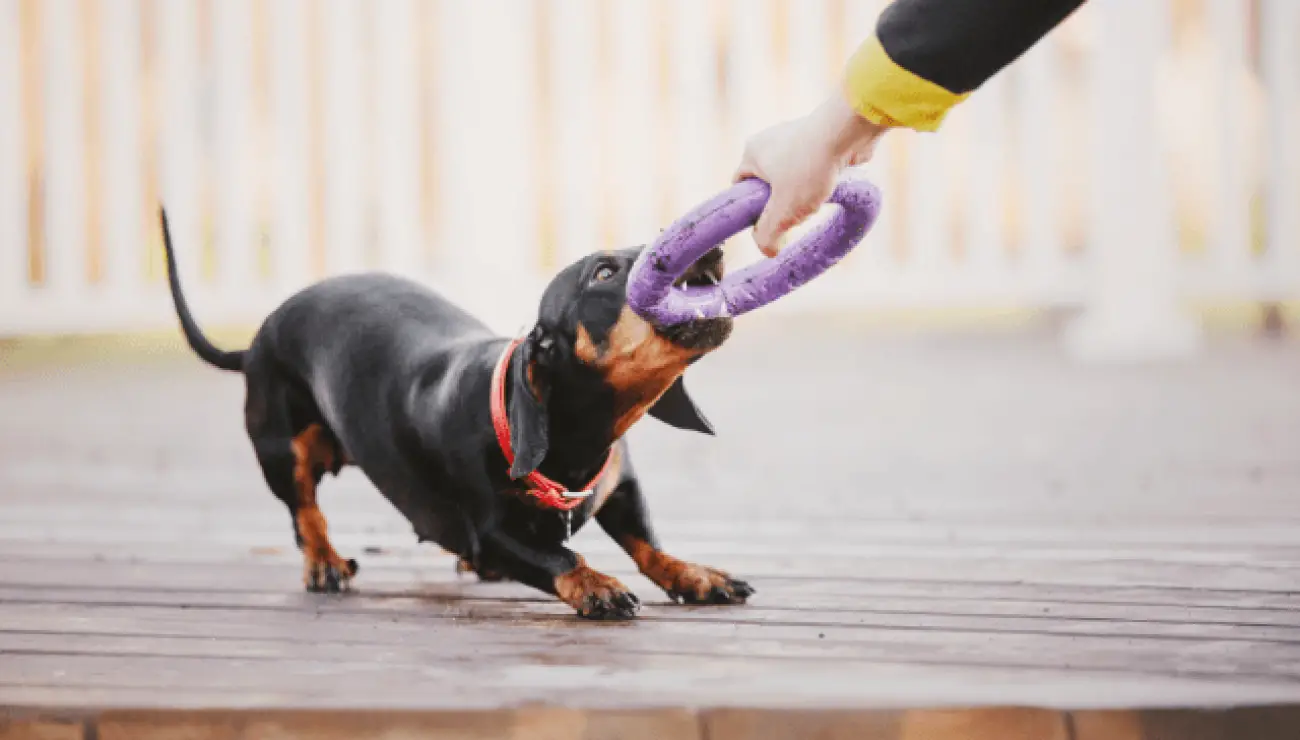
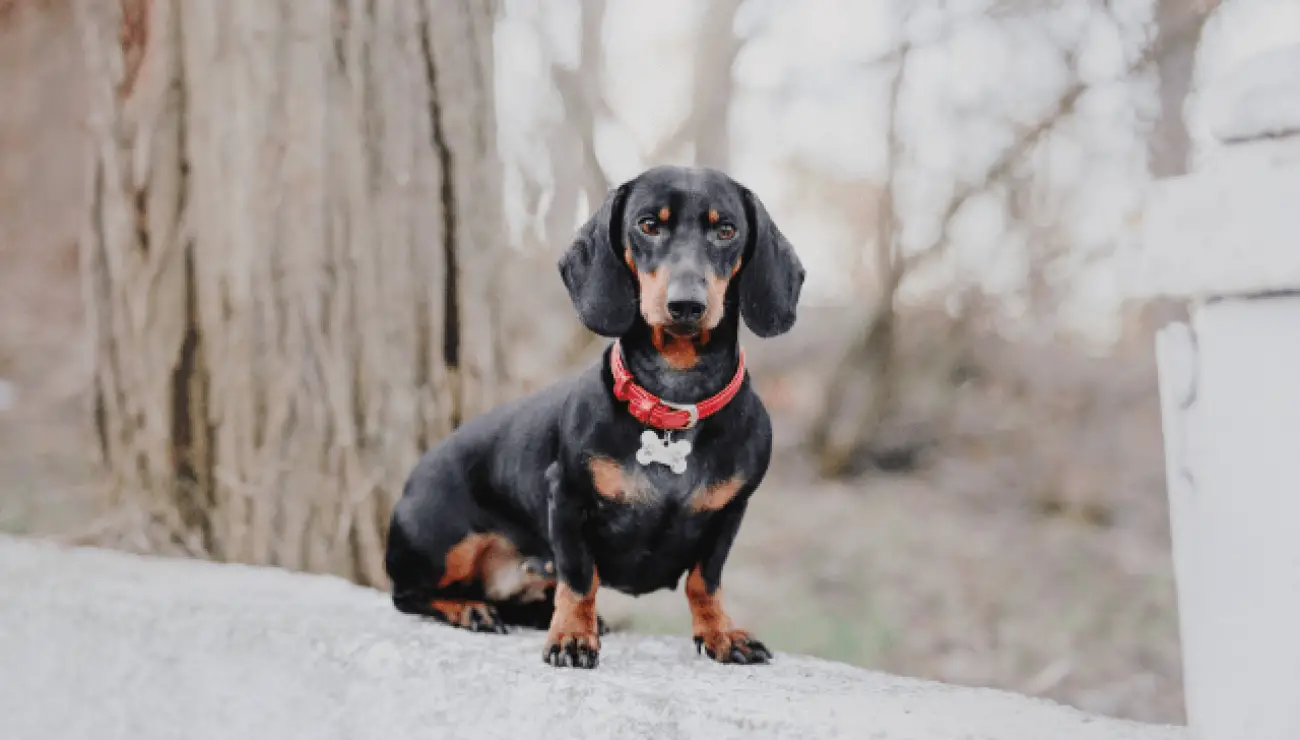
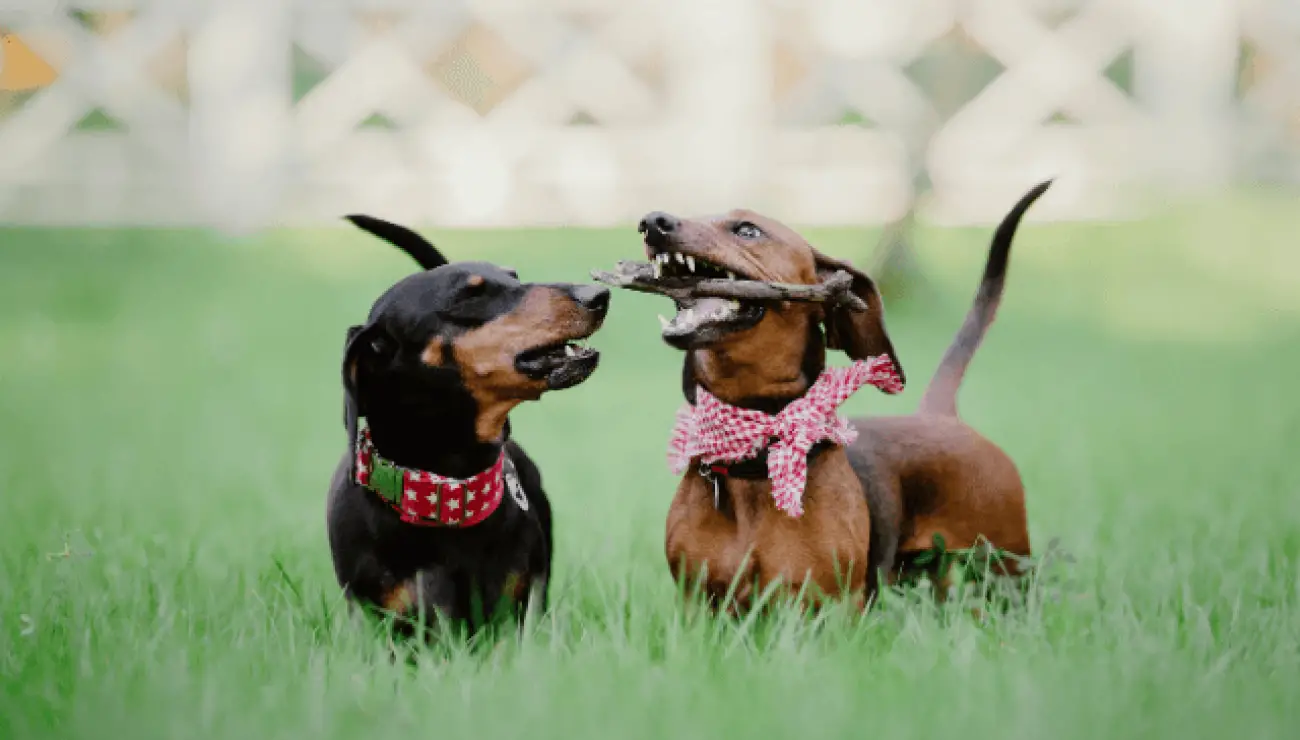
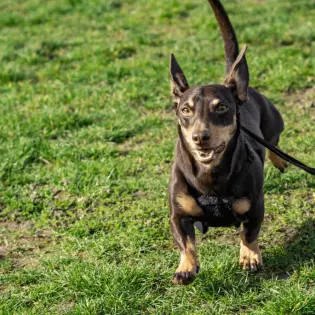
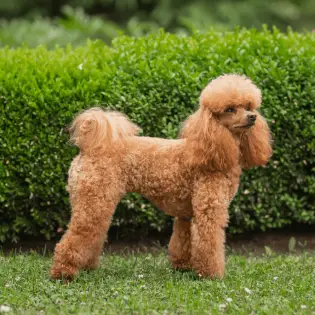

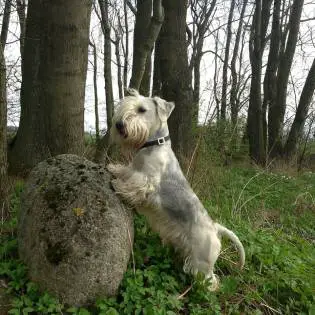
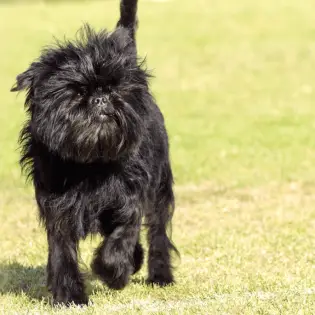
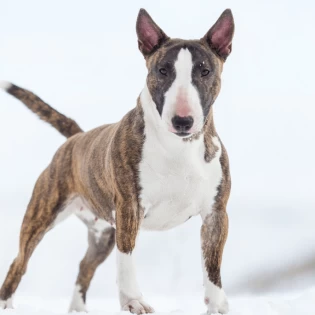
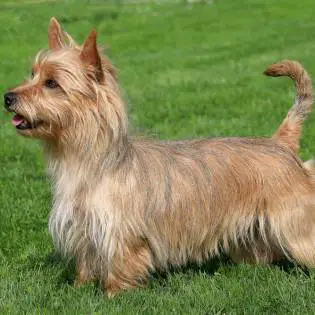
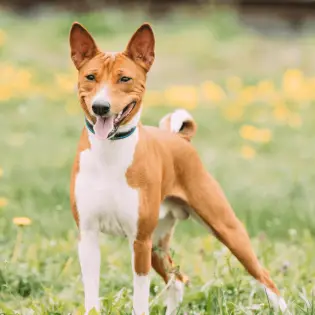
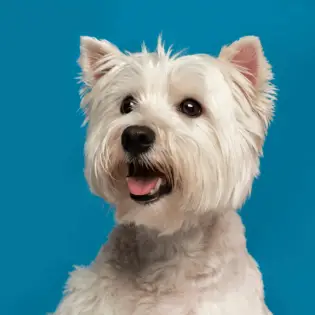
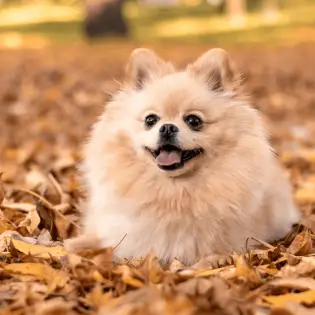

Share